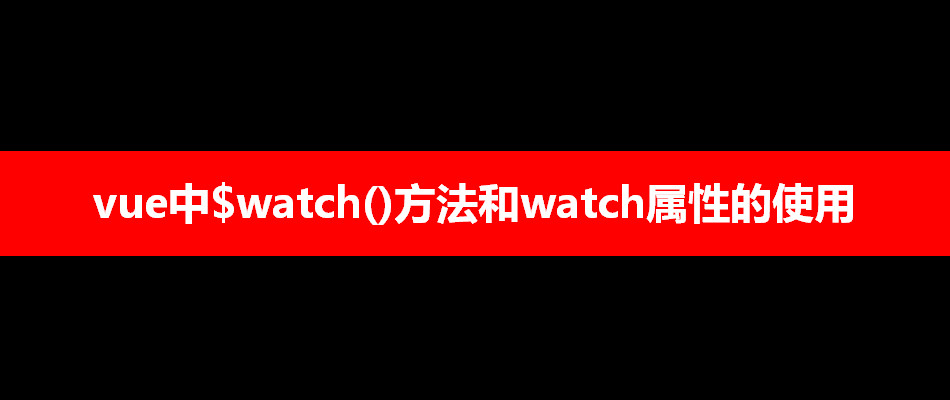

vue中$watch()和watch属性都是监听值的变化的,是同一个作用,但是有两个不同写法。
用法一:
//注意:这种方法是监听不到对象的变化的。
this.$watch((newVal,oldVal)=>{ })用法二:
watch:{xxx:(newVal,oldVal)=>{ // xxx是data里的数据}// 写法二:对象方法的简写// xxx(newVal,oldVal){ // xxx是data里的数据// }
}//监听对象某个值的变化
watch:{"xxx.value":(newVal,oldVal)=>{ // xxx.value是data里对象的value}// 写法二:对象方法的简写// "xxx.value"(newVal,oldVal){ // xxx.value是data里对象的value// }
}举个栗子:
<template><div> <input type="text" v-model="name">{{name}}<input type="text" v-model="age">{{age}}<input type="text" v-model="obj.id">{{obj.id}}<input type="text" v-model="obj">{{obj}}</div>
</template>
<script>export default {name: "Home",data() {return {name: "",age: "",obj: {id: "1",addr: "gz"}};},created() {this.obj = {id: "99",addr: "gd"}// 用法一: this.$watch("要监听的值",(oldVal,newVal)=>{ })this.$watch("name", (newValue, oldValue) => {console.log(newValue + "_新值");console.log(oldValue + "_旧值");});//这样监听不到对象的变化的this.$watch("obj", (newval, oldval) => {console.log(newval);console.log(oldval);});},//用法二:watch: {age: (newValue, oldValue) => {console.log(newValue);console.log(oldValue);},// 监听对象中的某个属性的变化"obj.id": (newVal, oldVal) => {console.log(newVal);console.log(oldVal);},//深度监听obj: {handler(newVal, oldVal) {console.log(newVal);console.log(oldVal);},//开启深度监听deep: true,//页面初始化立即执行immediate: true}},};
</script>
<style lang="css" scoped>
</style>☀ 参考资料
浅谈Vue中监听属性—watch监听器的使用方法
vue - watch:{}监听与 this.$watch()的区别 | this.$watch 和组件的 watch 有什么区别





)










:检查对象是否为某个类)



